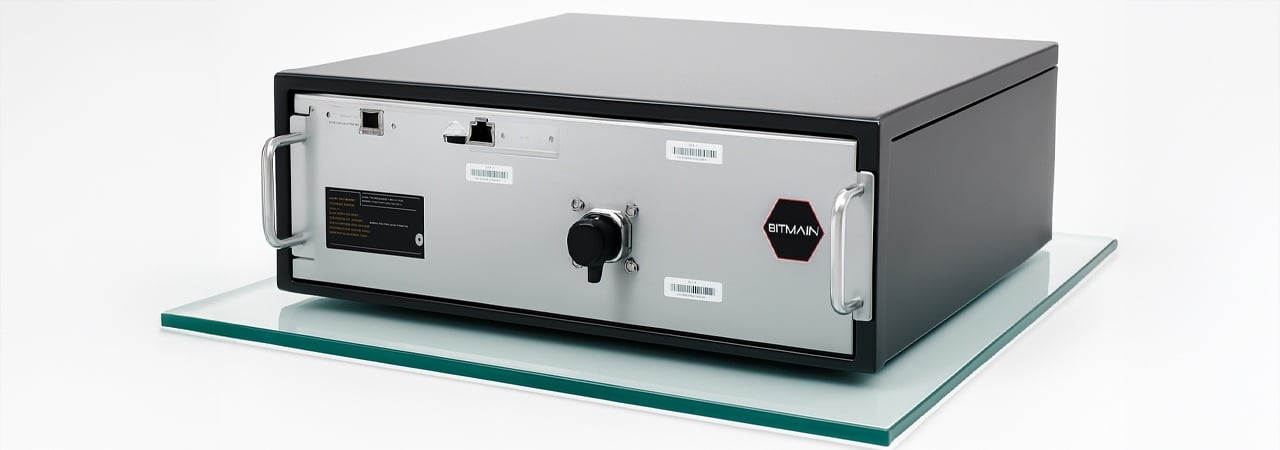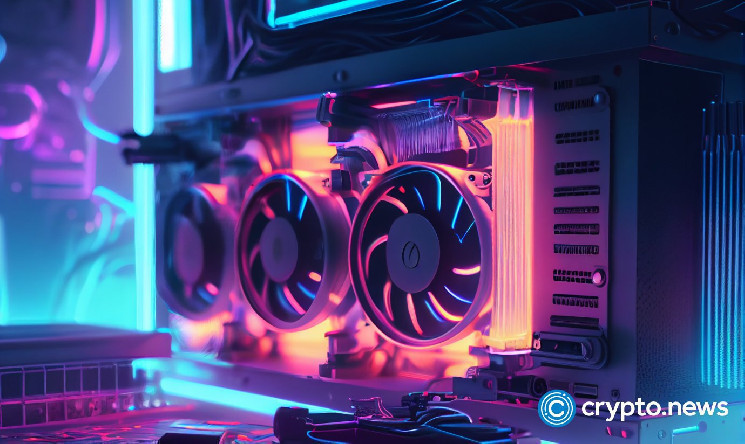Hashrate Kings – Inside the Hydro-Cooled ASICs That Will Dominate Bitcoin Mining in 2025

In the Bitcoin mining space, recent advances in technology have pushed productivity to record levels over the past year. While big players like Bitmain continue to hold the lead, newcomers like Bitdeer and Auradine have confidently entered the competition for recognition.
Liquid Revolution – A Look at the Cutting-Edge Bitcoin Mining Hardware of 2025
In late March 2025, Bitcoin's total hashrate reached a record high of 862 exahashes per second (EH/s), and it currently hovers around 853 EH/s. Even though BTC's value has increased by over 26% since the halving, miners are making significantly less profit than they were before the event.
However, for companies equipped with modern application-specific integrated circuits (ASICs), technological advances have provided a significant advantage. Today’s best mining devices operate in the hashrate range of 400 terahash per second (TH/s) to 860 TH/s.
 Antminer S21e XP Hydro 3U device from Bitmain.
Antminer S21e XP Hydro 3U device from Bitmain.
At the top of this segment is Bitmain’s Antminer S21e XP Hydro 3U, which reaches a maximum power of 860 TH/s. While the Hydro 3U system, consuming 11,180 watts (W), may seem less efficient than alternatives that consume between 5,500W and 7,500W, the use of direct liquid cooling (DLC) technology changes things.
Traditional air-cooled systems lose their advantages compared to the precision of DLC, as the latter directly directs the heat output to the source. This innovation allows stable performance levels to be maintained even under long-term intensive operations, overcoming airflow limitations.
While the unit boasts a hashrate of 860 TH/s, it maintains a power efficiency of 13 joules per terahash (J/T). Of course, liquid-cooled systems — whether immersion or hydraulic — have emerged as the clear leaders in this thermal efficiency race, eclipsing older airflow-dependent designs.
In second place is the US-developed Auradine AH3880 water-cooled ASIC. In “turbo mode,” this liquid-cooled ASIC can reach 600 TH/s at 16.5 J/T. In “normal mode,” the AH3880 runs at 450 TH/s, consuming only 14.5 J/T.
Rounding out the trio is Bitmain’s Antminer S21 XP+ Hydro, which generates 500 TH/s. This ASIC consumes 5,500 watts of power but has a low energy efficiency of around 11 J/T. Bitmain’s device supports various cooling options, such as antifreeze, purified H₂O, and deionized water.
Bitdeer makes a hydro-cooled ASIC that generates approximately 500 TH/s with a power efficiency of 14.9 joules per terahash (J/T). The 7,450 watt (W) device called the Sealminer A2 Pro Hydro, released this month, operates at this level of performance.
Separately, in fifth place in terahash performance is the Whatsminer M66S++ ASIC from Microbt, which produces 348 TH/s under standard conditions. Overclocking can increase its performance to 400–430 TH/s. The hydraulically driven device consumes 5394 W and maintains an efficiency of 15.5 J/T.
While traditional air-cooled miners continue to dominate the sector (manufacturers continue to release improved air-cooled versions), their performance is significantly inferior to liquid-cooled titans, which outperform their airflow-dependent counterparts.
These modern devices also operate at quieter decibel levels, which contrasts sharply with the cacophonous noise of traditional models, prompting some companies to switch to liquid cooling to avoid acoustic complaints. On the downside, liquid cooling systems are expensive, and their implementation requires significant initial investment in specialized infrastructure.
Source: cryptonews.net



